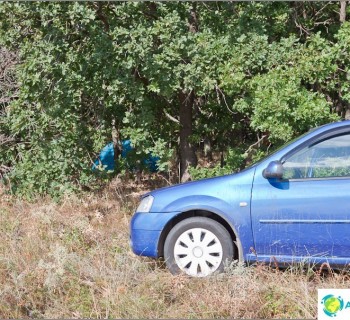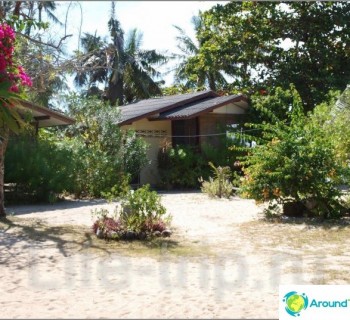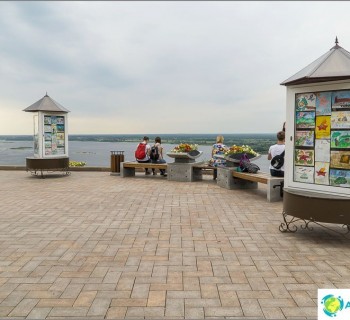With this post, I open the heading of recommendations and advice on choosing equipment. In my opinion, there are two things that you shouldn't save too much on - a backpack and shoes. Since in one of them you can walk all day, and carry the other on your beloved back for an equally long time. About shoes another time, and today about how to choose a backpack for a hike. Remember, there are no universal backpacks! I myself already have several backpacks of different sizes for different purposes.
The content of the article
How to choose a backpack
Backpack volume
First you need to decide on the volume of the backpack, measured in liters, and, accordingly, with its purpose. The longer your hike, the larger your backpack should be. But, for example, for climbing, they also use small backpacks, since the main things remain in the alpine camp. So the recommended volume of the backpack:
- For small outings in nature, for example on weekends, a backpack of 40-50 liters, or so, is suitable.
- For hiking, you need to look for something in the region of 70-100 liters. Women, as a rule, carry a backpack no more than 40-70 liters.
- For water and ski trips - 90-120 liters. There are many more things here.

Correct Tatonka backpacks 70 and 40 liters.
It makes sense to take a backpack from someone and try to fill it, or even better, go hiking with it. After that, you can immediately understand a lot for yourself. And how to choose a backpack, and what a backpack is for a hike. There is a saying that no matter how large the backpack is, it is always filled completely. That is, the smaller you have a backpack, the less you will have to carry unnecessary things, but you need to know when to stop..
Designing the right backpacks
All modern designs are approximately the same, and when choosing a backpack for a hike, one must be guided by the obligatory presence of a backpack's back adjustment according to the person's height and the presence of a waist belt. It is best to try on a loaded backpack, since the convenience of an empty one is difficult to assess. If the backpack does not have the above listed things, then this is not the right backpack, take pity on your back and shoulders. The right harness is the key to proper load distribution.
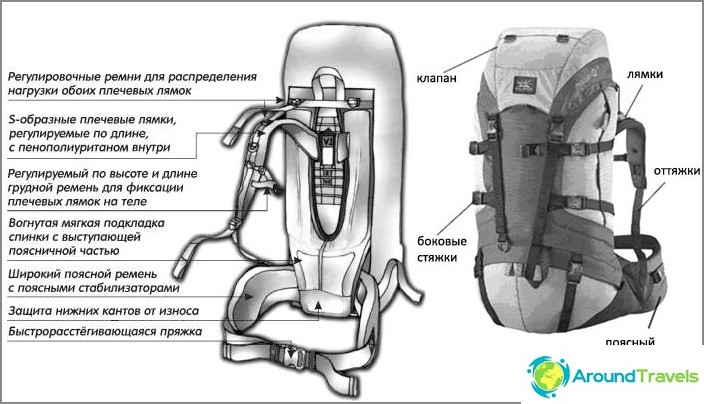
How to choose a backpack. Suspension system and the main elements of the backpack.
Important nuances
- The hip belt should support its full weight when correctly adjusted. It should be slightly below the waist, on the protruding thigh bones..
- The straps should have been soft, but firm, and not too thin.
- The distance between the straps should match the width of your shoulders - the straps should not slip.
- There must be metal or plastic armor in the back of the backpack. They are usually inside the back and cannot be seen..
Other points to look out for when choosing a backpack for hiking:
- Quick release flap is better than sewn to the backpack.
- The presence of additional pockets is convenient, but for example, side pockets can get in the way if you wade through the thicket.
- Side slings, ties, should be of such length that you can put a rug or a small tent there.
- The lower compartment with separate access to it, is available in almost all backpacks, and it is very convenient for dividing the internal space.
- The presence of a rain cover (protective cover against rain) is good.
- The weight of a modern backpack is about 2.5 kg, if it weighs much more, then it is better to look even.
- The fabric of the backpack should be strong and the seams well stitched. It's good when the bottom is made of cordura fabric.
Budget and firm
Chances are, the first backpack won't be the last. And after a few hikes, you'll know exactly which backpack you need. In hikes, there is usually someone to compare with. Therefore, it is not always worthwhile to immediately buy famous brands and overpay.
You can buy an inexpensive Russian backpack, for example, from Novatour or Equipment, something cheaper is unlikely to last long. If the budget allows, then you can take a closer look at such companies as Deuter and Tatonka, they make really good and strong backpacks. True, they are heavy (2-3 kg), there are a lot of bells and whistles. And if you are going on serious and long hikes (several weeks), then look for something lighter (light versions weigh about 1 kg), in this case every gram is saved. From branded and lightweight I like Thule.
There are a lot of companies producing backpacks, and you can go to choose and compare. Or, if there is Decathlon in your city, you can order in it. There are enough inexpensive and good models from the same Quecha. For the first backpack and the first hike, you will definitely have enough choice in this store..
Life hack - when ordering online on the Decathlon website, but through the Letyshop cashback service, there will be a return of 2.5-5% for all goods. If you are not yet in the know, then they have delivery, so you can order everything for yourself at home. By the way, there is not only Decathlon, but also a bunch of other stores..
If it seems to you that it is difficult to buy a backpack for the first time, then remember that you are not buying it for a lifetime and already when purchasing a second one, you will definitely be able to take into account all the nuances that turned out to be important to you. I mean that you have to try and get your personal experience, nothing can replace it.
The evolution of my backpacks
I have been using hiking backpacks for 10 years, probably, if not more. And they are constantly changing. Some worn out, some just wanted to change. After all, if a backpack looks good outwardly, it is not a problem to sell it..
Oleg: Novatour Slalom 40 => Novatour Canyon 70 => Loop Broadpeak 60-100 => Tatonka Isis 60 => Deuter AirContact Pro 65 + 15
Daria: Some kind of noname => Loop Broadpeak 60-100 => Tatonka Luna 40 => Tatonka Isis 60
Below is still an old set, until whipping we completely switched to Tatonka and Deuter.
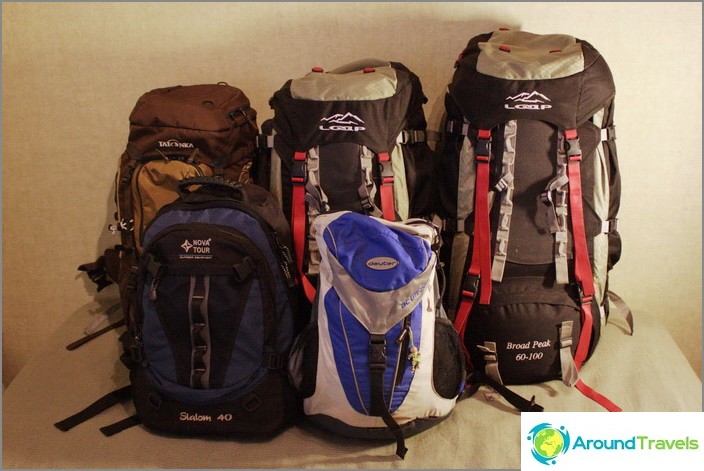
Our family hiking backpack collection
